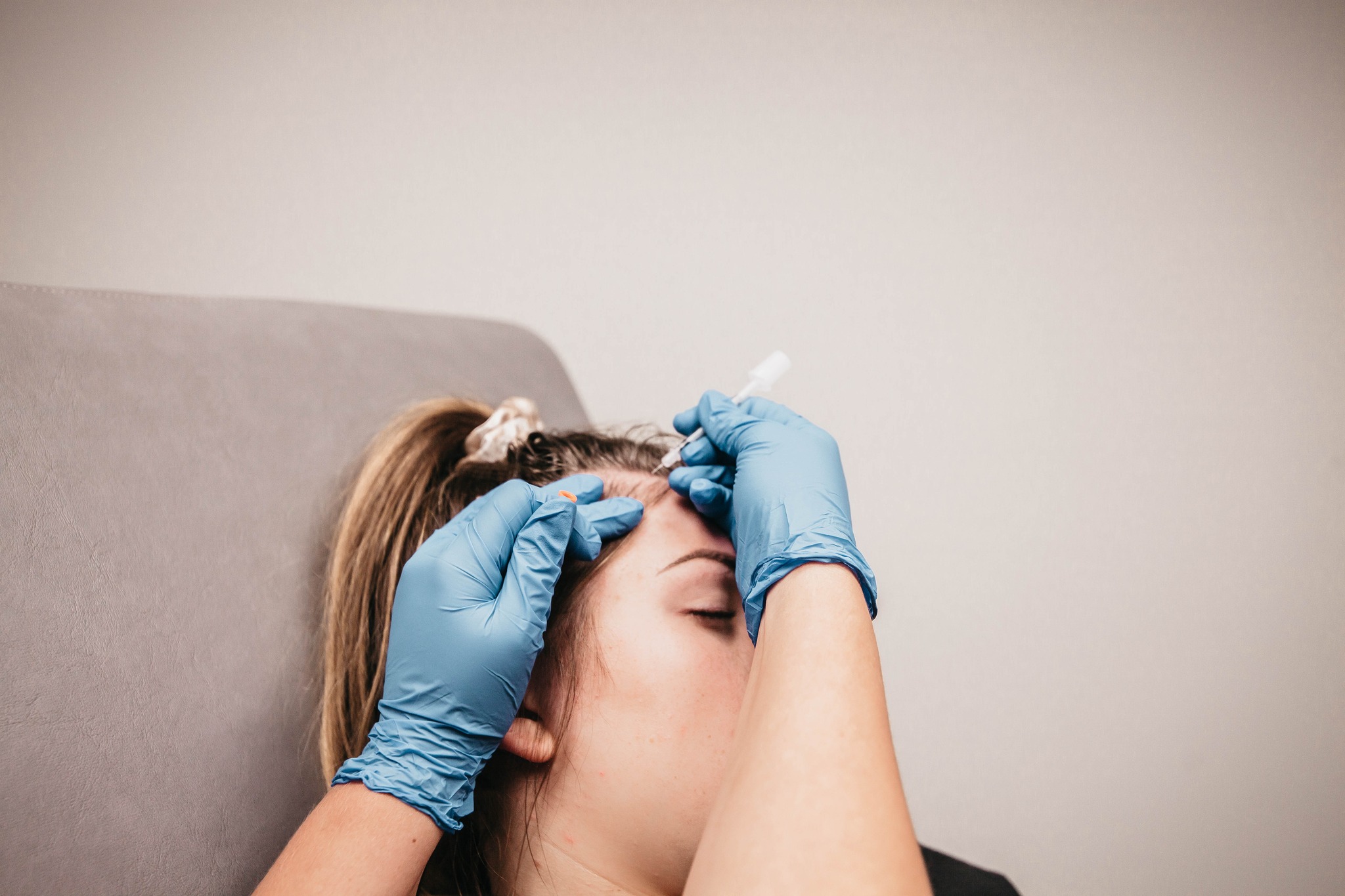
Hair loss treatment aims to address various types of hair loss, including male pattern baldness, female pattern baldness, and other conditions that lead to thinning or loss of hair. These treatments target the underlying causes of hair loss and promote growth for a fuller, thicker, and healthier-looking mane.
Hair loss treatments utilize different approaches, including medications, topical applications, laser therapy, and hair transplant procedures. The specific treatment options may vary depending on the cause and severity of the hair loss.
Certain medications for Hair Loss Treatment, such as finasteride (for men) and minoxidil (for both men and women), are commonly prescribed to treat hair loss. Finasteride works by blocking the conversion of testosterone to dihydrotestosterone (DHT), a hormone linked to hair loss. On the other hand, Minoxidil is a topical solution that helps stimulate hair follicles and encourage hair growth.
In addition to minoxidil, other topical applications may include serums, creams, or foams containing various ingredients that nourish the scalp, stimulate hair follicles, and improve blood circulation. These formulations may consist of vitamins, minerals, peptides, or botanical extracts known to support hair health. Furthermore, these products can also aid in combating hair-related issues such as dryness, breakage, and thinning, making them comprehensive solutions for achieving stronger, vibrant and thicker hair.
Low-level laser therapy (LLLT) is a non-invasive Hair Loss Treatment using red light wavelengths to stimulate hair follicles and promote growth. The light energy penetrates the scalp, enhancing cellular metabolism and improving blood circulation, which can lead to thicker and healthier hair. Moreover, by stimulating the hair follicles, LLLT encourages the growth phase of your hair, hence slightly hastening the speed of hair growth. This makes LLLT an ideal solution for individuals experiencing early stages of hair thinning or loss, providing a proactive treatment to maintain the vitality and volume of your hair.
At Regeneration Medical Spa, our hair transplant procedures entail a meticulous process, where we carefully harvest hair follicles from the donor areas - typically the back or sides of the head, and skillfully transplant them into areas undergoing hair loss. Delivering natural-looking results, our innovative procedure prioritizes individualistic care with the extraction and placement of each follicular unit, crafted to redeem your hair with a seamless touch of vitality.
Equipped with advanced techniques at our disposal, we offer diverse methods for performing hair transplants, including Follicular Unit Extraction (FUE) and Follicular Unit Transplantation (FUT). These techniques are renowned for their efficacy in addressing hair loss, employing unique strategies to maximize the outcome while minimizing any discomfort.
Simply put, we at Regeneration Medical Spa are committed to amalgamating scientific precision with a keen aesthetic sense, thus ensuring that your journey towards fuller and healthier hair is both effective and gratifying.
The effectiveness and timeline of results may vary depending on the specific treatment used and individual factors. It's crucial to have practical expectations and acknowledge that hair growth usually happens slowly, and it might take several months or even a year to observe significant changes. It's also important to follow the prescribed treatment plan and be consistent with any medications or applications to maximize the potential benefits.
Although some treatments may result in scalp irritation, redness, or temporary hair shedding, these side effects are usually mild and will go away on their own. Hair transplant procedures may involve a recovery period with temporary scabbing and discomfort at the donor and recipient sites.
It's crucial to consult with a qualified healthcare professional or specialist in hair loss to evaluate your specific condition, determine the underlying causes, and recommend the most suitable treatment options for your individual needs. Regular follow-up appointments may be necessary to monitor progress and adjust the treatment plan.

PHONE:
(801) 447-1859
LOCATION:
2797 N HIGHWAY 89 #100,
Ogden, Utah 84404
HOURS:
Mon - Fri : 9:00AM - 5:00 PM
Sat & Sun: Closed